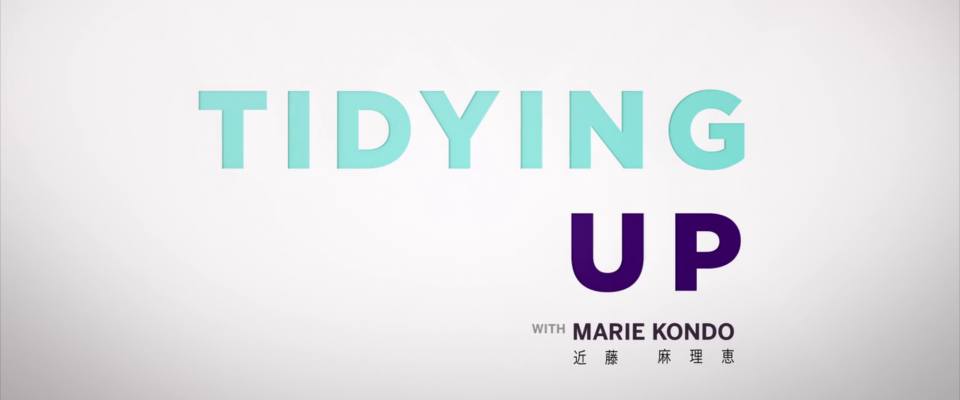A new phenomenon is sweeping the world, and it's fascinating. Who would have imagined that Europe's new obsession would be tidy up? The revolution is led by Marie Kondo.
I'm going to admit that I wasn't thrilled when my best friend bought me The Life-Changing Magic of Tidying Up. I followed the process half-heartedly and it felt more tactical than transformative. It didn't stick, of course. Fast forward until 2019. I was inspired to try it again, and I found something unexpected and familiar.
First, Marie Kondo herself amazed me. Her joy, optimism, and trust are those of a woman who really loves her craft and its impact on people. Watching home and human transformations unfold through the simple act of cleaning is incredible.
Such a thoughtful process with a profound human impact reminded me of what we as designers practice:
human - centered design
We empathize with people and solve problems by focusing on human needs and behaviors.
The design problems we deal with are often just as messy, with complexity layers, endless dependencies and a lot of baggage. I just couldn't help but think - what can we bring to our design work this year from the KonMari method?
Lesson One: Know the process (and trust it)
Before we go to solutions, we focus on people's needs. As a prototype, there is a reason why we move from low to high fidelity, and there is a reason why we test iteratively. The process we follow as designers remain the same, regardless of who our audience is or how the content changes.
The same is true for Marie. First, you tackle clothing, then books, then paper, various things, and finally memories.
It really means understanding the goals of every stage to know your design process. In the face of ambiguity, you have something fundamental to return to, by focusing on what you are trying to achieve to find a solution.
Lesson Two: before you delete, Think
It is easy to remove digital assets. They're cheap and easy to get. Key command and it's like they're never there. As designers, we forget that these digital assets are not just pixels. They are time-pixels and creative thinking. Sometimes, in the name of velocity, we can react to feedback or criticism and make unthinking changes.
How often do we loop through iterations later and explore familiar concepts we have tried before?
It is easy to delete too quickly without this attachment to digital assets. Think about it before you delete. Take a second to remember why you did something and use your previous decisions before you quickly discard them.
Better still, save iterations.
The amount of time spent replicating an artboard is short compared to the time it takes for your work to be recreated later.
Lesson Three: Communicate what's possible
There is a lot of talk in design about learning and discoverability. We concentrate less explicitly on how interaction limitations can be effectively communicated: what is possible and what is not. This can be as simple as placing text in a search box or context setting when introducing a bot.
Communicating the scope of interactions helps to set expectations and allows people to focus on what they can do, rather than waste time discovering what they can't do.
Communication in the KonMari method is about visibility. All objects have a place and can be seen when trying to open a cabinet or drawer. The failure to see something clearly indicates absence. There's no question if my favorite scarf is hidden in another drawer or something.
This is an easy, binary message.
I know what is possible and what is not possible.
I'm not suggesting that all design work is so easy. For all design scenarios, visibility may not be the right communication path. In addition to possibilities, we need to think about how we communicate constraints or limitations. Doing so will help people to reach their goals quickly.
Lesson Four. Purpose of design: joy
Our job as designers is to make the world a carefully crafted place where everyone can live better, happier lives. We talk about designing for enjoyment or the "minimum enjoyable experience," but more than that. It really takes a human-centered approach to any problem you tackle and design with explicit intent.
This comes through in every aspect of the KonMari method
The category series starts with objects you're least attached to, helping people to build process comfort. The reference point for keeping items is personal joy and the way objects are organized means that comfort and joy persist long after you have finished cleaning.
Now let's design for joy as we design in 2019 and beyond. Let's think about people pragmatically and holistically, the goals they want to obtain and what they really want to do.
Then let's give them the tools through thoughtfully designed experiences that they need to succeed.
If we as designers can help build trust, support, drive efficiency and simplify challenges a little, I'd like to think we're making the world happy.
From an article written by Catherine Reichling

